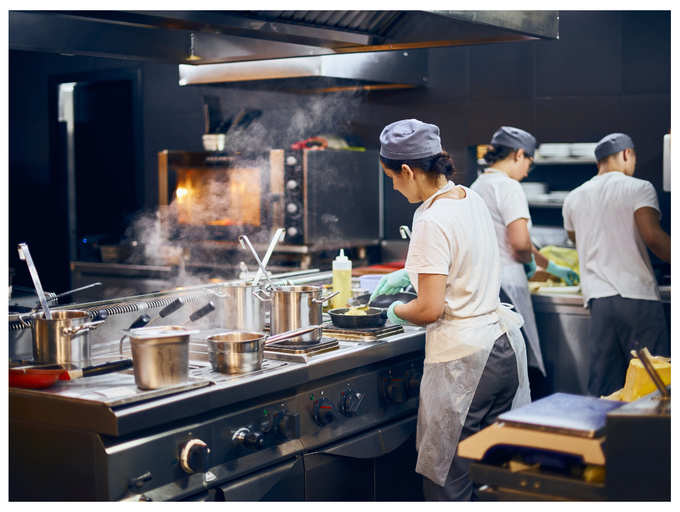All You Need To Know About Cloud Kitchens
A cloud kitchen, ghost kitchen or satellite kitchen is a delivery only restaurant. They accept orders only through online ordering platforms and third party apps. There is no dine-in facility under this concept. As per Goldstein research, Global cloud kitchen market was valued at USD 700 Million in 2018 and is expected to grow at a CAGR of 17.25% through 2017 to 2030.
Table of Contents
How cloud kitchens work?
There are 3 popular models of cloud kitchen practiced by businesses.
Add a delivery only arm to your existing restaurant kitchen
If you are already running a brick and mortar restaurant, you can start a delivery only brand. The menu offered can be the same as the one served at your restaurant, or it can be entirely different. The main advantage of this model is that you can utilise the existing staff, kitchen space, equipment and materials.
However, during peak times, it can get messy as it might be difficult to juggle both online and offline orders. A cloud based restaurant management system such as inresto POS enables accepting orders from multiple platforms.
Operate a virtual restaurant
A cloud kitchen in real sense, they operate the consumer facing side of a kitchen exclusively in cloud. In short, they don’t have any physical consumer facing interface. For operating these dedicated cloud kitchens, one need to have a licensed brand or concept, listing on a delivery app, space for preparing food and staff.
Run a shared cloud kitchen
Under this model, you rent out your kitchen space to multiple third party brands who are in the business of food delivery. In other words, you run a co-working space for other food producers. Since you act more like a landlord, you can provide services such as pest control, equipment maintenance and security services.
Parting Words
The outbreak of COVID-19 has made the concept of cloud kitchens quite popular. A restaurant management system offers enormous advantages for those enterprises operating a cloud kitchen.




